
Being a transplant in Los Angeles, over the years I’ve gotten most of my disaster preparedness advice from friends born and raised around LA. After many years I feel like a local and find myself dispensing information. Unlike my East Coast friends and family who plan on blizzards and ice storms, we here in LA have earthquakes, fires, flooding, and extreme heat to reckon with.
ReadyLA, www.readyla.org, is a great resource on emergency preparedness put out by the Los Angeles Emergency Management Department.
Many times there are no warning signs for earthquakes, or those signs are subtle and go undetected. The same is true for other disasters – very often with LA’s resort-like temperatures and frequent blue skies and sunshine it’s difficult to comprehend that disasters can happen in most any weather and we need to be ready 24/7.
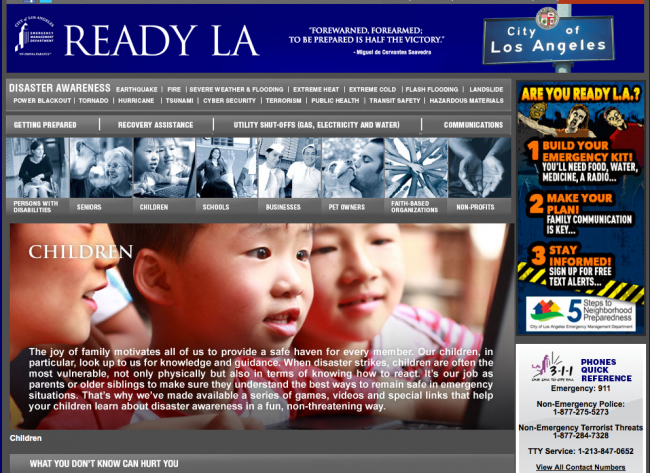
Being prepared doesn’t have to be as daunting as it may seem! Ready LA provides a great checklist with items that may be laying around the house that can be used in your preparedness kit. Don’t forget canned food, water, diapers, and if you have a pet, food for them!
As the mom of a young daughter, I don’t want to frighten her but rather view preparedness as an opportunity to empower her. She is in grammar school so we talk about the elements of our family’s emergency plan, such as emergency contact numbers, how to call 911 and emergency meeting places. All families should build their own individualized emergency plans. If you don’t have one, go through the checklist for planning on www.readyla.org today and create one today!
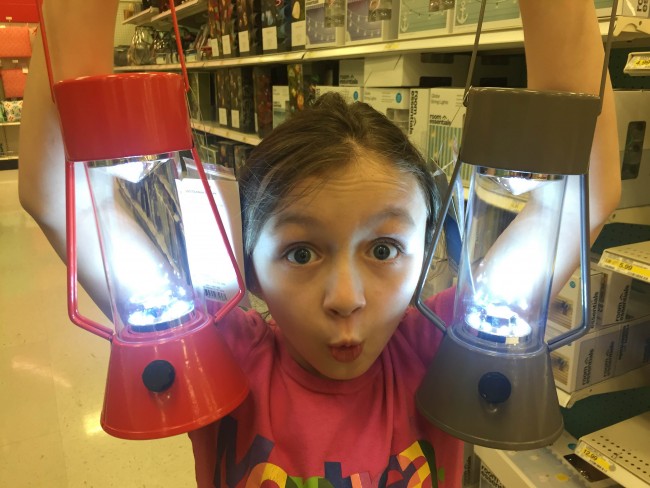
Once our plan was in place, we printed out the emergency kit packing list on the READY LA website and read it together. The suggested kit content lists on READY LA are extensive and super helpful. Here is a sample.
Emergency Preparedness Items
- Prescription medications and eyeglasses
- Infant formula and diapers (if applicable)
- Important family documents such as copies of insurance policies, bank account records,I.D. cards and, in case of separation, photos of family members and pets for identification
- Cash and traveler s checks
- Backpack
- Battery powered flashlight (batteries included)
- Cell phone charger (batteries included)
- Nutrition/protein bars
- Canned foods and juices
- Eating Utensils
- Can opener for food (if kit contains canned food)
- Water (at least 1 gallon per person, per day)
- Pet food and extra water for your pet (if applicable)
- Work Gloves
- Light Sticks (3 each; one lasts 12 hours)
- Moist towelettes
- Breathing Masks (NIOSH-N95)
- Plastic Sheeting (10’x10′)
- Rain Ponchos
- Personal First Aid Kit
- Roll of Duct Tape
- Whistle
- Sleeping bag or warm blanket for each person
- Complete change of clothing, including a long sleeved shirt, long pants and sturdy shoes. (Consider additional clothing if you live in a cold-weather climate) .
- Personal Hygiene Kit (includes shampoo/body wash, wash cloth, toothbrush and toothpaste, comb, deodorant)
- Books, games and/or puzzles for children
- Wrench or pliers to turn off utilities
- Battery-operated radio or TV
- Local maps
We made it like a scavenger hunt where we collected items we already own to pack, and then crafted our shopping list. Of course the shopping trip can be equally fun as we searched for specific items and check them off our list. It’s when we are shopping for bottled water that we talk about where our water comes from, and how it would be like an adventure if a cracked pipe prevented our faucets from working.
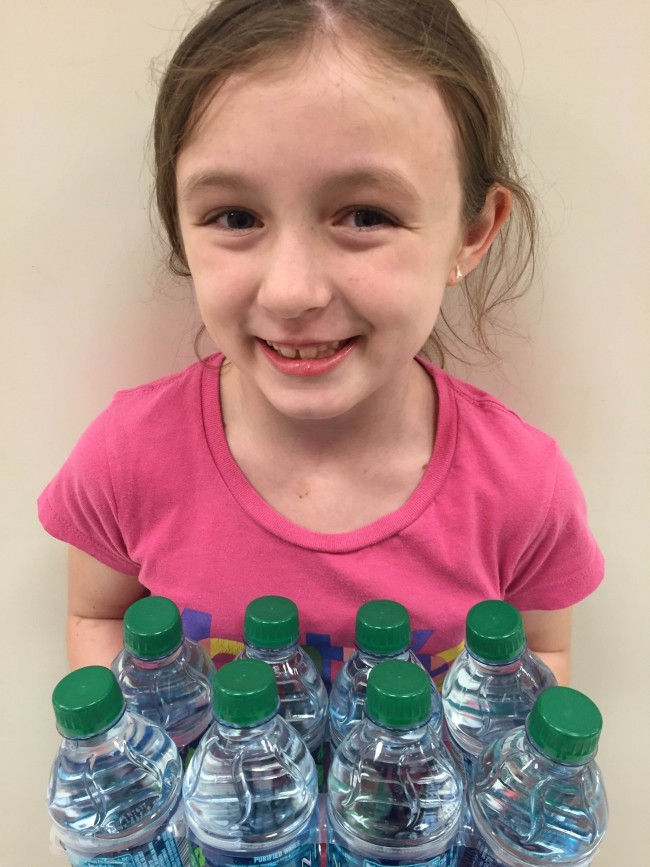
Buying batteries becomes a lesson in conserving electricity while we talk about what sources of light we really need to be able to complete basic tasks. Spending time in a camping shop, selecting cool flashlights or head lamps may also end up in an extra purchase for those late night, under the covers reading sessions.
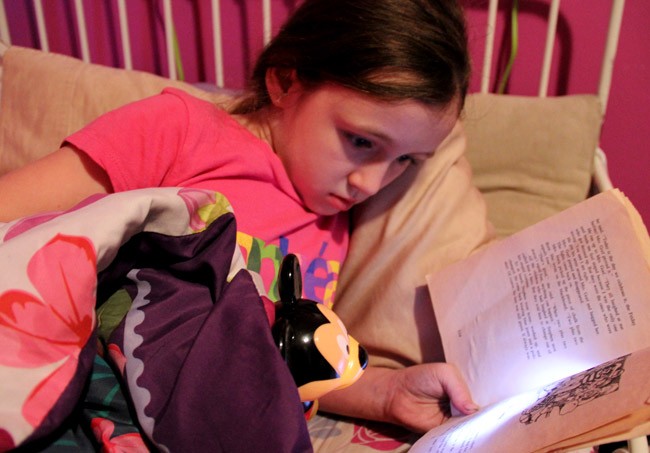
I know that when I have plans and lists updated I feel stronger and more accomplished. The same way I like to have the freezer stocked with my family’s favorite ice cream and my oil changed, shouldn’t we take some time once or twice a year to make sure that we have what we may need if something went wrong in our community?
Check out www.readyla.org to find tips on how to create your own customized disaster plan, emergency kit packing lists, etc. And sign up with www.notifyla.org for text updates.
It truly is better safe than to be sorry.


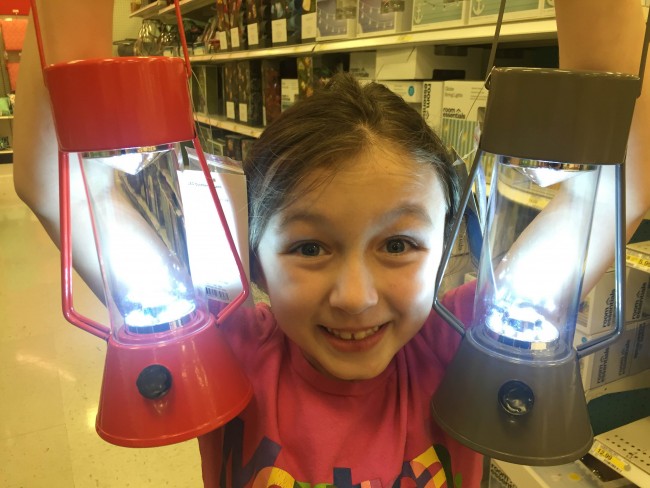

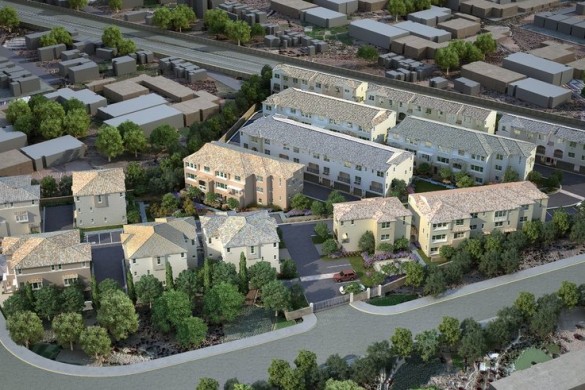
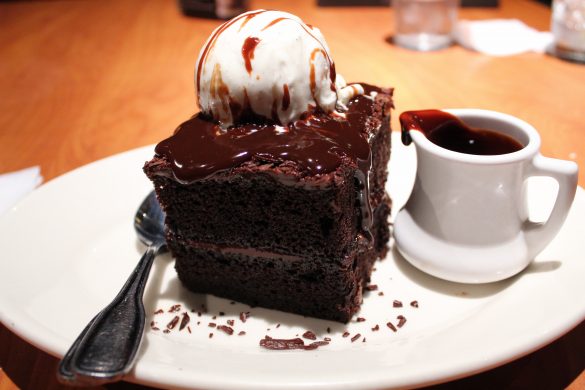
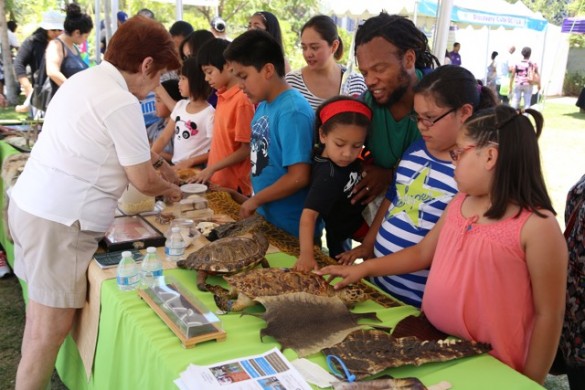

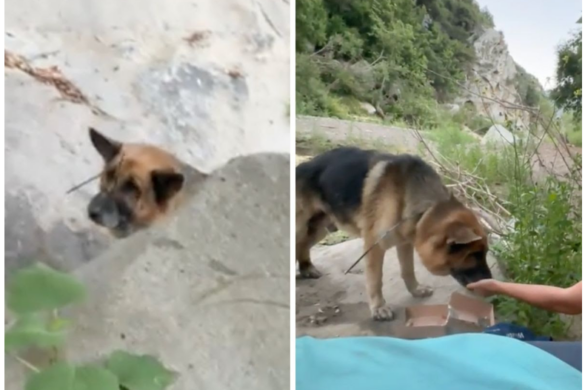



1 comment
A family must know how to react when there’s an emergency situation. Early preparedness is one important factor each one of us has to know. To avoid any incident that can happen, being aware of the emergency situation is a good thing. Always have your emergency kit ready and stick to one place so that you won’t have any problem searching for it when there’s an emergency.